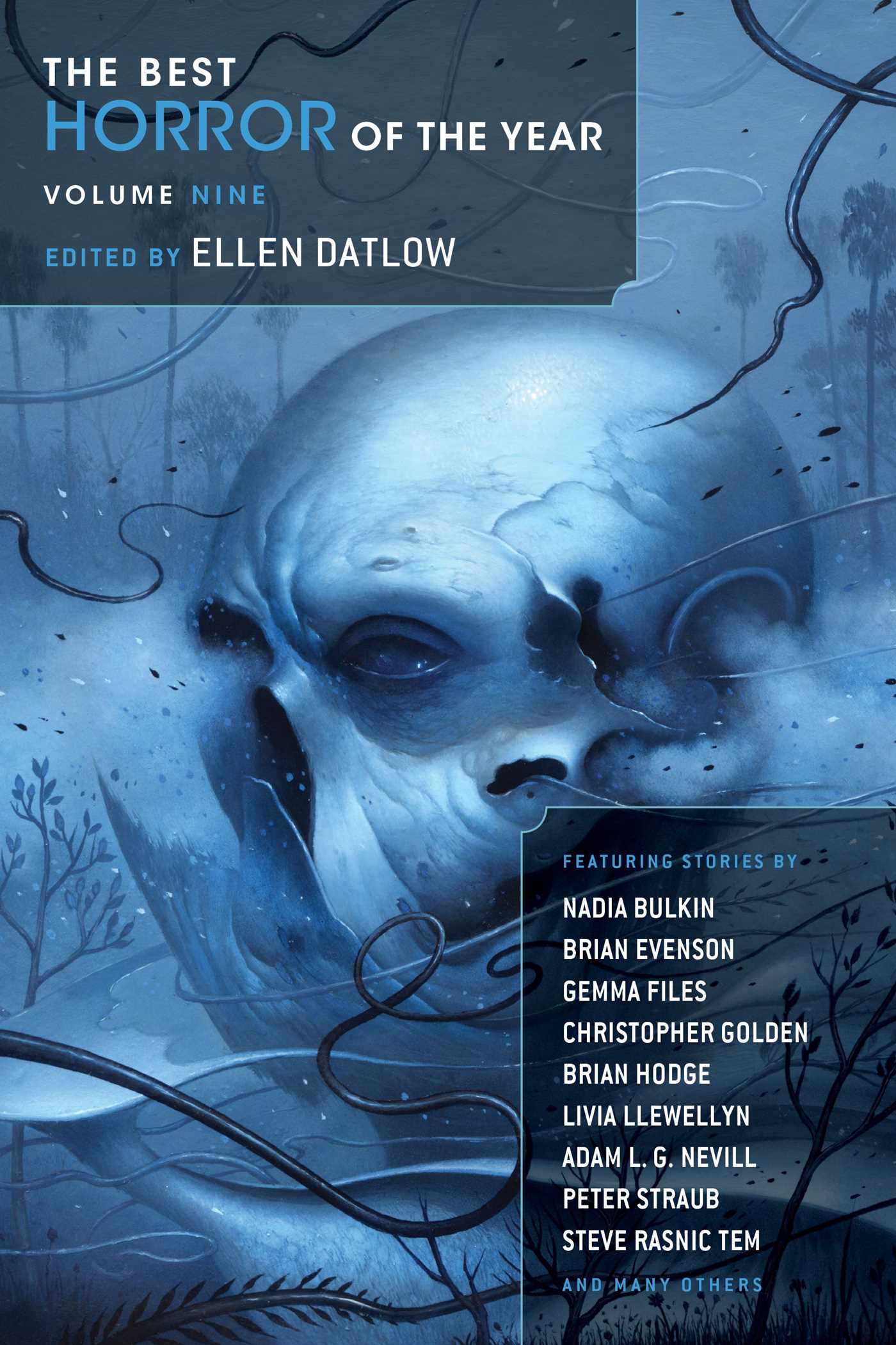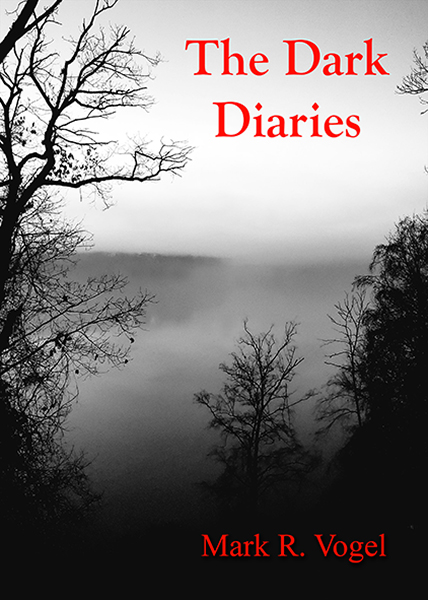The Best Horror of the Year, Volume Nine
Ellen Datlow, ed.
Night Shade Books
2017
Reviewed by Michael R. Collings
One of the most intriguing things about Ellen Datlow’s The Best Horror of the Year series is her ability to select strong stories representing a wide range of approaches to storytelling and to horror. From characterization and point-of-view to underlying narrative structures, each tale demonstrates unusual skill in manipulating the possibilities of fiction.
The Best Horror of the Year, Volume Nine is no exception. In addition to a lengthy “Summation 2016,” listing outstanding achievements in novel, anthologies, collections, non-fiction, and other manifestations of the impulse to horror, the volume showcases twenty-one stories that highlight contemporary authors and their visions of the horrific.
Some memorable entries include:
- “Nesters” by Siobhan Carroll—A powerfully imagined recreation of the essential eeriness of Lovecraft’s “The Colour Out of Space,” set in the great Dust Bowl and as stark and unforgiving as the landscape it creates;
- “The Oestridae” by Robert Levy—Following a mother’s mysterious disappearance, a hitherto unknown aunt arrives at the home of two sisters and introduces them to greater terror than they could ever imagine;
- “The Process is the Process” by Peter Straub—the ability to smell the underlying nature of words aids a serial killer known as the “Ladykiller” in selecting, seducing, and destroying his victims…even when, counter to all of his expectations, one fights back;
- “The Bad Hour” by Christopher Golden—An Iraq veteran’s search for a service buddy leads her to the village of Chesbro, which on first sight seems an idyllic rural spot; only when she crosses the line into the village does she realize that things are not idyllic and that her very sanity is at risk;
- “It’s All the Same Road in the End” by Brian Hodge—Two brothers searching for their grandfather, missing for fifty years, trace the source of an eerie melody on an old tape and discover a derelict cabin, a secret cellar, an eldritch statue, and adumbrations of a coming apocalypse;
- “Grave Goods” by Gemma Files—An archeological expedition composed only of women uncovers a grave, exposing three skeletons that might or might not be human; their experiences work together to suggest alternate definitions of the importance of mythologies to a culture, what it is to be male or female, and ultimately what it is to be human;
- “The House of Wonders” by C.E. Ward—Using a nicely Victorian-framed story, actually a story-within-a-story-within-a-story, the tale follows the fortunes of Spangler’s House of Wonders from the late 1890s until its demise in 1969…and beyond, leaving a trail of disappearance and death in its wake;
- “The Numbers” by Christopher Burns—Like a fox in a henhouse, a frustrated man abruptly finds the answer to his aggravations and, in a passage set off by a shift from past to present tense, releases the killer within himself, not bothering to count the number of his victims;
- “The Beautiful Thing We Will Become” by Kristi DeMeester—A story beginning with “Katrina’s father started taking her skin when she was thirteen” and moves from that sickening enough statement to an even more appalling tale of why he is doing so and the appalling effects his actions have on a young neighbor;
- “No Matter Which Way We Turned” by Brian Evanson—A truly eerie short focusing on a girl with no face…no face at all.
These and others explore the boundaries of horror, only to discover that there are no boundaries, no limits. Darkness is all around, in the simplest things and in the most outré. At nearly 400 pages, The Best Horror of the Year, Volume Nine serves up delicious helpings of darkness, and leaves one wanting more.
Highly recommended.
- Killing Time – Book Review - February 6, 2018
- The Cthulhu Casebooks: Sherlock Holmes and the Miskatonic Monstrosities – Book Review - January 19, 2018
- The Best Horror of the Year, Volume Nine – Book Review - December 19, 2017
- Widow’s Point – Book Review - December 14, 2017
- Sharkantula – Book Review - November 8, 2017
- Cthulhu Deep Down Under – Book Review - October 31, 2017
- When the Night Owl Screams – Book Review - October 30, 2017
- Leviathan: Ghost Rig – Book Review - September 29, 2017
- Cthulhu Blues – Book Review - September 20, 2017
- Snaked: Deep Sea Rising – Book Review - September 4, 2017



